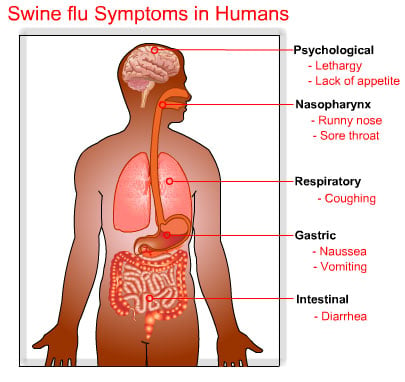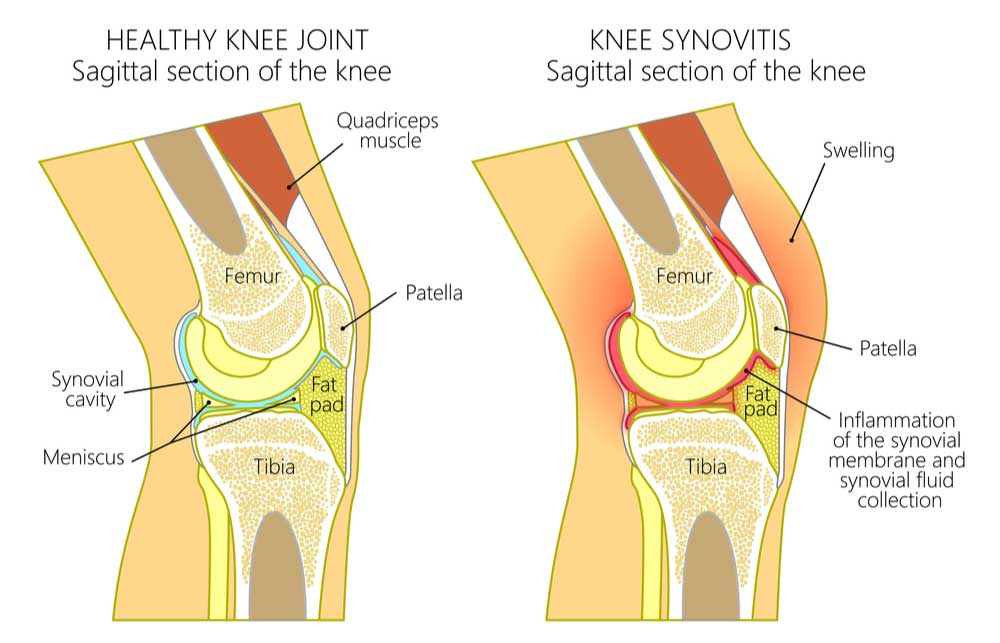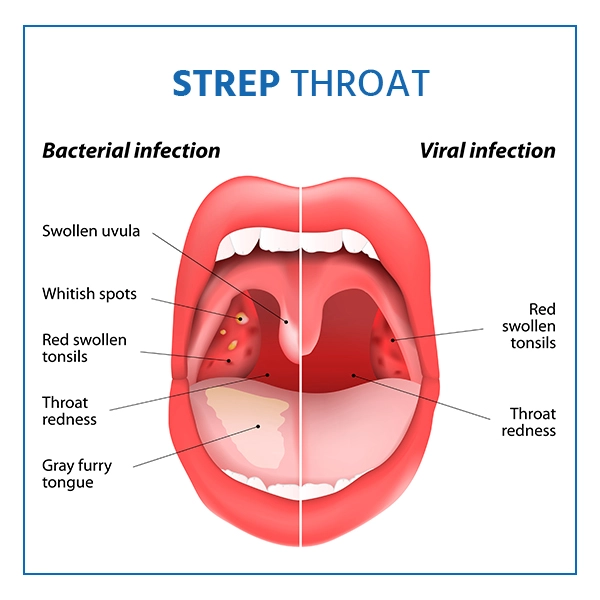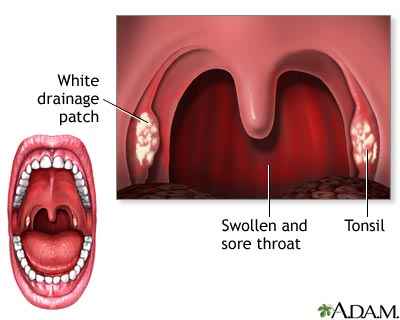Nursing Paper Example on Taeniasis
/in Assignment Help, BLOG, Homework Help /by Aimee GraceNursing Paper Example on Taeniasis
Taeniasis is a parasitic infection caused by adult tapeworms in the genus Taenia, particularly Taenia saginata (beef tapeworm), Taenia solium (pork tapeworm), and Taenia asiatica. This infection is transmitted through the consumption of undercooked or raw meat containing tapeworm larvae. Common in areas with poor sanitation, taeniasis can lead to both minor and serious health issues, especially if the larvae infect human tissues, leading to a more severe form of the disease known as cysticercosis.

Causes and Transmission
Causative Agent and Life Cycle
Taeniasis is primarily caused by three Taenia species:
- Taenia saginata (beef tapeworm)
- Taenia solium (pork tapeworm)
- Taenia asiatica (often associated with pigs but less common worldwide)
The tapeworm’s life cycle involves two hosts: humans, who harbor the adult tapeworms, and intermediate hosts (cattle for T. saginata and pigs for T. solium and T. asiatica) in which the larval cysts develop. Humans acquire the infection by eating undercooked or raw meat containing viable cysticerci (tapeworm larvae). Once ingested, cysticerci develop into adult tapeworms in the small intestine, where they attach to the intestinal wall and absorb nutrients from the host (Centers for Disease Control and Prevention [CDC], 2022).
(Nursing Paper Example on Taeniasis)
Human Transmission
Humans serve as the definitive hosts for Taenia tapeworms. Infection occurs through:
- Ingesting Contaminated Meat: Eating infected beef or pork that is undercooked or raw is the primary mode of transmission.
- Poor Hygiene and Sanitation: In regions with limited sanitation, eggs from human feces can contaminate soil or water, leading to infection in livestock, which continues the transmission cycle.
Signs and Symptoms
Taeniasis is often asymptomatic but can present with mild gastrointestinal symptoms such as:
- Abdominal Pain: A common symptom due to irritation from the tapeworm in the intestines.
- Nausea: Occasional nausea and discomfort may occur.
- Loss of Appetite or Increased Hunger: Due to nutrient absorption by the tapeworm.
- Weight Loss: A potential outcome in cases with high parasite burden.
Some infected individuals may also notice the passage of tapeworm segments (proglottids) in their stool, which can be alarming and prompt medical consultation (World Health Organization [WHO], 2022).
(Nursing Paper Example on Taeniasis)
Diagnosis
Diagnosis of taeniasis involves clinical assessment and laboratory testing:
- Stool Examination: Microscopic examination of stool samples can reveal eggs or proglottids, aiding in the identification of the specific Taenia species.
- Antigen Detection: Enzyme-linked immunosorbent assays (ELISA) can detect antigens associated with T. solium.
- Polymerase Chain Reaction (PCR): Molecular tests like PCR provide more specific results by detecting parasite DNA in stool samples, though they may be less accessible in resource-limited settings (Garcia et al., 2021).
In some cases, imaging techniques like CT or MRI scans are employed if cysticercosis, particularly neurocysticercosis, is suspected.
Treatment
The treatment of taeniasis generally involves antiparasitic medications:
- Praziquantel: A commonly prescribed drug effective in eliminating adult tapeworms. Dosage varies based on infection severity.
- Niclosamide: An alternative drug that is effective and has few side effects.
Both medications are effective in curing taeniasis, though follow-up stool examinations are advised to ensure the complete clearance of the parasite (CDC, 2022).
For cysticercosis, especially neurocysticercosis, treatment is more complex and may require:
- Anticonvulsants: To manage seizures if the central nervous system is involved.
- Anti-inflammatory Agents: To control inflammation during cyst breakdown.
- Surgery: In cases where cysts cause significant damage or obstructive symptoms, surgical intervention may be necessary.
Complications
While taeniasis itself often remains asymptomatic or causes mild symptoms, complications can arise with T. solium due to the risk of cysticercosis. Complications include:
- Neurocysticercosis: If tapeworm eggs are ingested, they can migrate to the brain, forming cysts and causing neurological issues, including seizures, headaches, and potentially life-threatening conditions.
- Intestinal Blockage: A high parasite load can lead to bowel obstruction, though this is rare.
- Nutritional Deficiencies: In cases with heavy parasite loads, the tapeworm competes for nutrients, potentially causing deficiencies, particularly in malnourished individuals.
These complications are most common in areas with inadequate healthcare access and limited sanitation, particularly in regions of Latin America, Africa, and Asia where cysticercosis poses a significant public health concern (WHO, 2022).
Prevention
Preventing taeniasis involves a combination of food safety practices, personal hygiene, and public health initiatives:
- Proper Cooking of Meat: Cooking beef and pork to safe internal temperatures (at least 63°C/145°F for whole cuts and 71°C/160°F for ground meat) kills tapeworm larvae.
- Improved Sanitation: Proper disposal of human waste reduces environmental contamination and the risk of transmission to livestock.
- Health Education: Public health campaigns focused on hygiene, food safety, and awareness about taeniasis and cysticercosis are essential in endemic regions.
- Meat Inspection: Regular inspection of livestock can identify infected animals before they enter the food supply, reducing infection risk.
Vaccination efforts for pigs and cattle are also under research, aiming to reduce transmission rates and infection prevalence in both livestock and humans (Flisser et al., 2023).
(Nursing Paper Example on Taeniasis)
Conclusion
Taeniasis is a parasitic disease with significant public health implications, particularly in regions with poor sanitation and limited access to healthcare. While taeniasis alone may cause minimal symptoms, T. solium infection poses a higher risk due to cysticercosis, which can result in severe neurological complications. Diagnosis is based on stool examination and molecular testing, and treatment generally involves antiparasitic medications. Preventive measures, such as proper meat cooking, sanitation improvement, and public health education, are crucial in controlling taeniasis and reducing its associated complications.
References
Centers for Disease Control and Prevention (CDC). (2022). Taeniasis: Epidemiology and diagnosis. https://www.cdc.gov/parasites/taeniasis/index.html
Flisser, A., Sarti, E., & Lightowlers, M. W. (2023). Taenia solium control and elimination programs: A systematic review of experiences, challenges, and new insights. Current Infectious Disease Reports, 25(4), 135-148. https://www.springer.com/taenia-solium-review
Garcia, H. H., Gonzalez, A. E., & Evans, C. A. W. (2021). Taenia solium cysticercosis and taeniasis. The Lancet Infectious Diseases, 21(12), 1491-1503. https://www.thelancet.com/journals











